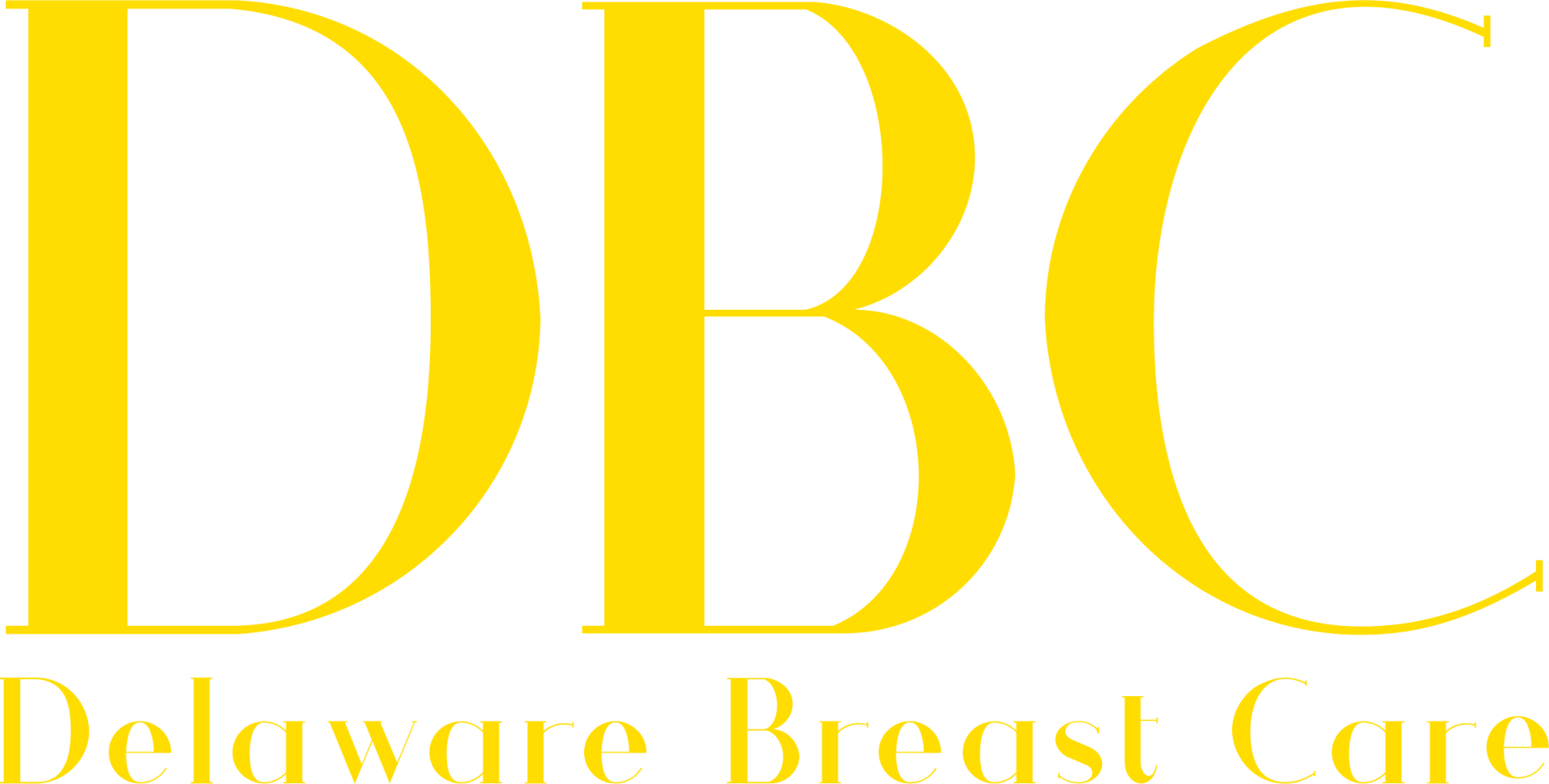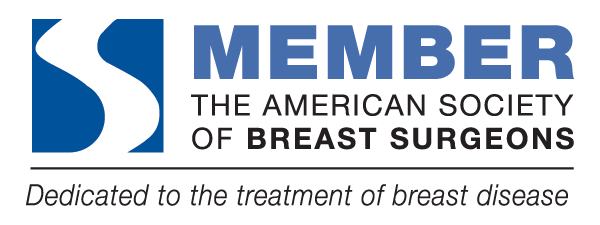The Effects of Sugar on Cancer
Renée L. Quarterman, MD, FACS • July 22, 2019
The detrimental effects of sugar on the body are widely known. There is increasing evidence that sugar is linked to cancer.
A recent study from France reviewed the diet choices and health of over 100,000 people over an 8-year period. The participants reported how many sugary drinks and artificially sweetened drinks they consumed each day. The researchers then assessed the group for cancer diagnoses.
Drinking sugary beverages increased the risk of cancer by 18%. For breast cancer, the risk was higher at 22%. Interestingly, this study did not show an association between cancer and artificially sweetened drinks.
These results don’t definitively mean that sugary drinks increase cancer risk and that artificially sweetened drinks do not. It’s not clear that the participants were entirely accurate in their reporting. Moreover, they could have had other factors that were the actual causes for increased cancer risk. The physical response in the body to sugar, rather than the sugar itself, may have played a large role.
Nonetheless, this latest data supports the general consensus in medicine that too much sugar has detrimental health effects, and it is not surprising that this report suggests that Increased sugar intake may be connected to cancer development.
Dr. Quarterman has written articles about sugar and breast health: https://breast360.org/news/2016/02/26/increased-dietary-sucrose-and-breast-cancer-risk/
REFERENCES:
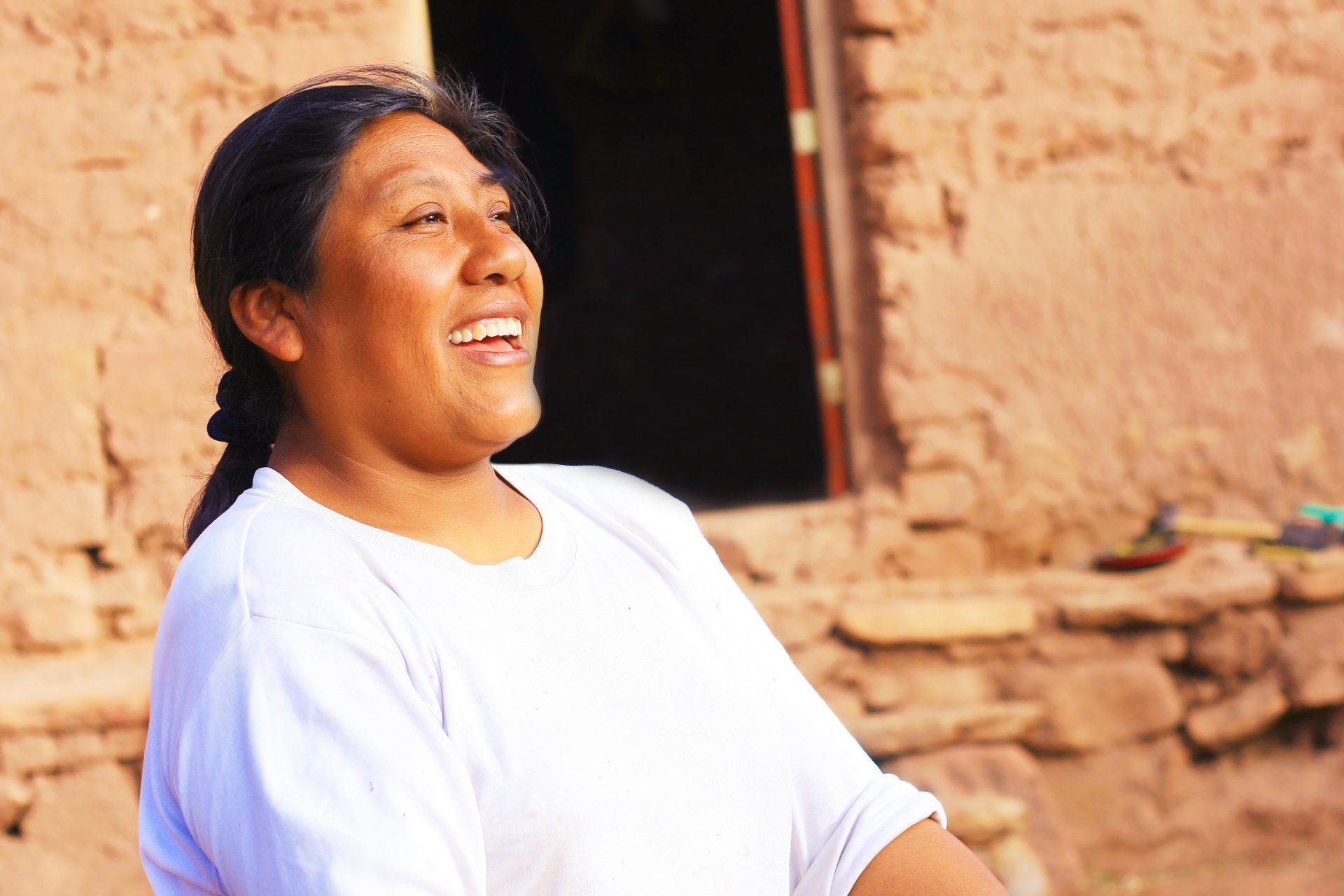
There is an increasing amount of data showing associations between ethnic heritage and the risks for specific types of breast cancer. Scientists are discovering some genetic differences between ethnic groups that may increase or decrease the risk of breast cancer subtypes. A study published by the journal Cancer Research in April 2020, brings to light more information about women with indigenous American ancestry. Two databases – one from Peru and one from Colombia and Mexico – were created to evaluate risk factors and to follow the outcomes of women with breast cancer in those countries. Each woman was evaluated for numerous factors, including her ethnic ancestry: testing of her DNA was performed to determine the specifics of her heritage. The researchers found that the amount of indigenous ancestry that a woman had was a risk factor for having HER2 receptor positive (HER2+) breast cancer. The more indigenous ancestry she had, the greater her risk for her breast cancer being HER2+: in Peru, for every 10% increase in indigenous ancestry, odds of having HER2+ disease increased by a factor of 1.19. For women in Mexico and Colombia, the odds of having HER2+ disease increased by a factor of 28% for each 10% increase in indigenous ancestry. What does this mean? Dr. Quarterman says: “Women with indigenous ancestry – commonly referred to as nonwhite Latina/Hispanic women – have reduced overall risk of breast cancer compared to white women. However, when Latina/Hispanic women have breast cancer, they are more likely than white women to die of their disease. It is important for us to know this, and it is important to try to understand why. “The reasons that Latina/Hispanic women with breast cancer have worse outcomes than their white counterparts are multiple. Overall health, healthcare access and other health conditions play large roles in breast cancer outcomes. Knowing that, for some women, there may be a genetic connection to their breast cancer does not necessarily change how we treat them. But the knowledge does enhance our understanding and improves the education of our patients and their families. Furthermore, down the line, therapies may be created to treat these women more effectively.” RESOURCE: https://cancerres.aacrjournals.org/content/early/2020/04/01/0008-5472.CAN-19-3659
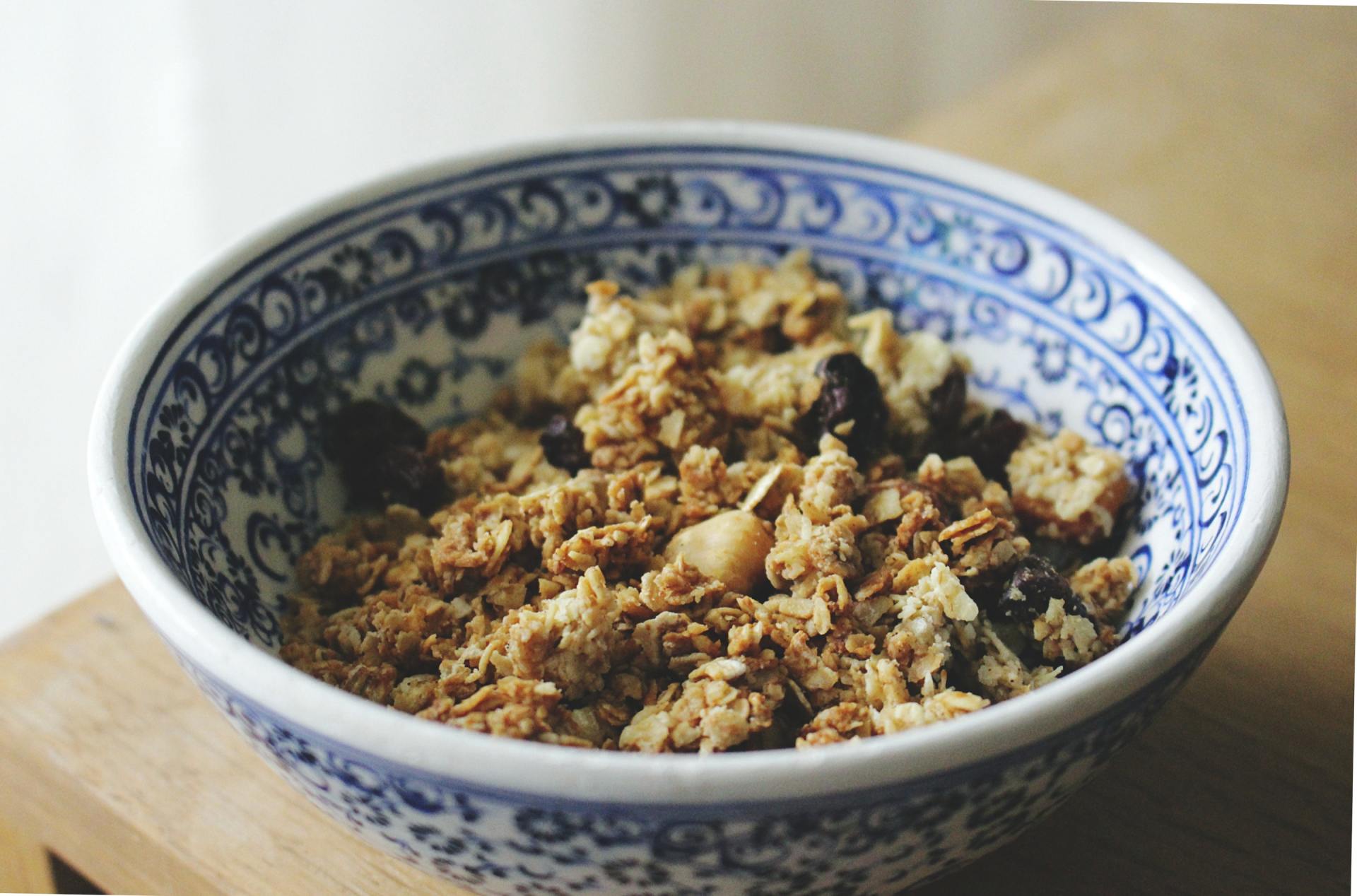
A group of investigators compiled data from 20 studies that looked at fiber intake and breast cancer risk. Results showed that women who regularly consumed fiber in their diets had an 8% lower risk of breast cancer compared to women who did not. The results were the same for postmenopausal and premenopausal women. Intake of soluble fiber was significantly associated with cancer risk reduction. Intake of insoluble fiber trended towards reduced risk, but the trend did not reach statistical significance. What is fiber? Dr. Quarterman explains: ”Fiber is that part of your diet that provides bulk. It passes through with minimal, or no, absorption into your bloodstream. It’s commonly found in breads, cereals, beans, nuts, fruits and vegetables. Soluble fiber (from foods like beans, peas, oats, barley, apples and citrus) combines with water in your gastrointestinal tract to turn into a gel. Insoluble fiber (from foods like beans, whole wheat, bran, green beans and nuts) goes through your intestines and colon essentially unchanged in form. For years, Dr. Q has educated her patients that a high-fiber diet promotes breast health. “Soluble fiber, in its gel form, can coat the gastrointestinal tract and actually block the absorption of cholesterol, sugar and fats. We know that increased dietary levels of those substances can increase the risks of breast cancer and other diseases.” “Insoluble fiber keeps stools bulky and minimizes constipation. There was a trend for this type of fiber to reduce breast cancer risk, as well.” What does Dr. Q think of this study? “This news supports what many of us have believed – that a diet rich in fiber reduces breast cancer risk. But we must also consider that women who make the effort to include fiber in their diets may also be doing other healthy things that will reduce the risk of breast cancer. These habits may include a healthy overall diet, regular exercise and regular stress-management. So it may not be just the dietary fiber that is having a beneficial effect. This should be just one part of a healthy lifestyle.” RESOURCES: https://acsjournals.onlinelibrary.wiley.com/doi/abs/10.1002/cncr.32816 https://www.medicalnewstoday.com/articles/319176#what-are-the-benefits-of-fiber

Everywhere we look, there’s information about how what we eat affects our bodies. What do we know about diet and breast health? Actually, quite a lot! 1 – Sugar. Eating too much sugar can lead to excess calories and fat deposition. Increased body fat increases the risks of some types of breast cancer. Additionally, sugar may have a direct link to breast cancer by promoting the growth of breast cells. Moderating sugar intake is a good idea for breast health. 2 – Antioxidants. An antioxidant is a substance that keeps your cells healthy and functioning properly. It protects against damage and promotes cellular repair when damage is done. Beta carotene, vitamin C and vitamin E are the major sources of antioxidants. They’re abundant in fruits and vegetable (the brighter the color, the better). Antioxidants have protective effects against breast cancer. Eating about 10 servings of fruits and vegetables per day is recommended. (Don’t think that food has to be fresh in order for it to be healthy. Many fruits and veggies are fresh-frozen. This means that their nutrients are locked in, and you can keep them for a long time without concern that they’ll go bad. Frozen fruits and veggies are often more economical than fresh!) 3 – Omega-3 fatty acids. These essential fats appear to reduce breast cancer risk. You can find them in foods such as flaxseeds (including oil), soybean oil and canola oil. Salmon, mackerel, tuna, herring and sardines are particularly high in these fatty acids. Fish oils have higher fatty acid concentrations than fish flesh. 4 – Soy. Soy contains phytoestrogens – plant-based forms of estrogen that, in some cases, can alleviate hot flashes, night sweats and other symptoms of menopause. Soy products can actually be protective against breast cancer. It’s a nice alternative to meat products and is high in several nutrients. It’s important to know that soy may increase the risk of recurrence of some types of breast cancer. So, if you have a personal history of the disease or are at high risk for breast cancer, this is a substance that you should avoid (unless approved by your doctor). 5 – The Mediterranean Diet incorporates daily ingredients of fish, poultry, nuts, fruits and vegetables. The dishes are commonly cooked in olive oil. Red meat, sugar and dairy products are kept at a minimum. The combination of nutrients (with the heat of cooking as a catalyst) promotes health in many ways. Recently, the diet has been linked to reduction of breast cancer risk. Moreover, for women with breast cancer, adopting the Mediterranean diet led to a reduction in cancer recurrence. 6- Alcohol. Drinking as few as two alcoholic beverages a week increases breast cancer risk. 7 – Organic food options may be healthier for breast tissue. Studies are underway, but it makes sense to many doctors that, since organic food is produced with fewer chemicals, it may reduce breast cancer risk or improve outcomes for women with breast cancer. But if you can’t get organic options, don’t worry. Fresh produce, regardless of how it was raised, is always a healthy option! 8 – Meat. Beef and pork are notoriously high in fat, and fat is linked to increased breast cancer risk. So, when looking for a protein source, go for lean cuts. Also, remember that poultry and fish are hearty, filling foods with breast health benefits! 9 – Grilling . Studies show us that the char on grilled meat is linked to increased breast cancer risk. The char on grilled poultry and vegetables may have the same effect. So, as delicious as it is, try to get your food off the grill before it burns. 10– Supplements. Many people buy vitamin, mineral and fatty acid supplements to take daily. Sometimes, these products aren’t adequately absorbed into the bloodstream and you’re not getting the health benefits that you think you are. Consult with your doctor or nutritionist first. Finally, remember that fruits and vegetables contain sugar; meat, fish and poultry contain fat. Overzealous efforts to eat healthy may backfire if you eat too much of anything. Remember to keep your dietary choices in moderation!

A recent study evaluated the risk of breast cancer among women who use hair dyes and chemical hair straighteners. Women aged 35-74, who had a sister with breast cancer but were cancer-free themselves, were evaluated. Well over 46,000 women participated. At the time of study enrollment, they were asked about their hair product use over the past 12 months. They were then followed for over 8 years and new cases of breast cancer were recorded. Approximately 55% of the women reported using permanent hair dye. This was associated with a 45% higher risk of breast cancer among the black women and a 7% higher risk of the disease among white women. The risks increased with increased frequency of hair dyeing. For the black women, both light and dark hair dyes had the same effects on risk – women who dyed their hair at least every 5-8 weeks had a 60% greater risk of breast cancer compared to women who did not dye their hair. This was different for white women: only light hair dye increased their breast cancer risk, and only by 12% compared to women who did not dye their hair. Seventy four percent of the black women and 3% of the white women in the study reported using a hair straightener within 12 months of enrollment. When used every 5-8 weeks, hair straighteners increased breast cancer risk in both groups of women by 31%. And the more women straightened their hair, the higher their risk of breast cancer. Surprisingly, the study also found that women who were not professional hair stylists and applied hair dyes and straighteners for other women had increased breast cancer risks: 28% for using semi-permanent hair dye and 27% for using straighteners. What’s Dr. Q’s take on this study? “We know that hair dyes and straighteners contain many chemicals that can impact our health. It’s not too surprising that there may be a link between these products and breast cancer. But these women had sisters with breast cancer, so perhaps their personal experience with the disease was because of family history. They were at increased breast cancer risk in the first place. More studies on hair products and breast health will be helpful, particularly among women of average breast cancer risk, among all ethnicities. For now, with this study information, I would counsel my patients who are at increased risk for breast cancer that decreasing or eliminating their use of hair dyes and relaxers may be helpful for them.” RESOURCE: https://onlinelibrary.wiley.com/doi/epdf/10.1002/ijc.32738?referrer_access_token=CAxHleER0tAvbLH6FbWDVU4keas67K9QMdWULTWMo8N4v3ZOmabsczOLk9UPFn8NYxbj0kxwBqSFQYWJxbtah9oioMvjgU-iBiUuRNVJCjWVTtDbFmTuvyBFS_ieBUN-wWEMsxNlB6KNdgu2PFZvkg%3D%3D

Medical providers are very familiar with the links between weight and health. Studies abound that show how being overweight, or obese, lead to poorer outcomes for many medical conditions. Breast cancer is no different. We’ve known for some time that excess body fat is linked to increased breast cancer risk as well as increased risk of breast cancer recurrence. But if a woman loses weight, can that reduce her breast cancer risk? A team of researchers has just provided some answers. Studies of over 180,000 women aged 50 and greater from the United States, Australia and Asia were examined. Their health data over a 10-year period was assessed. The researchers measured the rates of breast cancer as well as the women’s weights at the beginning of the observation period, halfway through and then at the end. More than 33% of the women gained weight, and kept the weight on, during the 10-year observation period. However, for the women who lost weight and kept it off, their breast cancer risks were lower. The more weight they kept off, the lower their risk was. If they gained weight and then lost it, their breast cancer risk went down. The relationship between weight loss and reduced breast cancer risk was more significant among women who were overweight or obese compared to women who were of normal or less-than-normal body mass index (BMI). What’s Dr. Q’s take on this information? “This is great news! Women over 50 tend to gain weight for several reasons – menopause being a major one. Weight loss becomes increasingly difficult for most women over time. Given the high percentage of overweight and obese people in this country, this has the potential to help a lot of people. This study gives patients and their doctors another reason to work hard at attaining a normal BMI: if they lose weight, they will reduce their breast cancer risk. Also, this tells us that if women regain weight, they should not be discouraged. As they lose the weight again, they will reduce their risk of breast cancer.” RESOURCE: https://academic.oup.com/jnci/advance-article/doi/10.1093/jnci/djz226/5675519

It may not be surprising to you that women of different financial status have different experiences with breast cancer. A recent study in JAMA Oncology looked at over 177,000 American women who had been diagnosed with breast cancer between 2010 and 2016. Their cancer stages (how far along the cancer was) at diagnosis were compared. Fewer than 2% of the participants were uninsured or covered by Medicaid. Researchers found that more of the women with no insurance or Medicaid presented with advanced breast cancer compared to the women with private health insurance. This implies that women with fewer financial resources were more likely to present to the doctor when their breast cancers had grown beyond the breast (involving lymph nodes or other areas of the body). Women with greater financial resources were likely to present when their breast cancers were at earlier stages. One reason could be that these women had easy access to education about breast cancer screening, as well as easy access to screening mammography. The study also looked at the ethnicities of these women. Compared to white women, black women were 46% more likely to present with advanced breast cancer. American Indian or Alaska Native women were 31% more likely to present with advanced disease. Latina women were 35% more likely to have advanced cancer upon presentation. So, women with fewer financial resources and women who were not white tended to have advanced breast cancer upon presentation. Are these differences because women of color are more likely to have fewer financial means and therefore less – or delayed – access to healthcare compared to white women? The investigators answered that question by adjusting their outcomes based upon insurance status. When women across ethnicities with the same insurance status were compared to each other, the differences in outcomes were reduced: Black women were 29% more likely to present with advanced disease compared to white women. American Indian/Alaska Native women were 11% more likely and Latina women were 17% more likely. This suggests that economic status did play a large role in the breast cancer picture, but it was not the only factor. Particularly among black women (35% vs 29%), there appear to be other contributors to their advanced breast cancer picture. What does Dr. Q think? “This study reinforces two issues that the medical community continues to discuss: economics and ethnicity in health outcomes. For breast cancer, women with lower incomes tend to have less access to screening mammography and less educational information about breast cancer. Therefore, they are at risk for having worse outcomes from the disease. It is important that we continue to conduct outreach and education to encourage all women to advocate for themselves and seek out breast health maintenance. Many hospitals and other programs offer reduced fee or free breast cancer screening, and these services are invaluable.” “Regarding ethnicity, this study emphasizes that there are underlying biological differences among different ethnic groups that influence their breast cancer experiences (although things like family history and environment are also important influences). Research must continue about this. Groups at increased risk for advanced breast cancer should be actively engaged in order to keep their breast cancer screening up-to-date and to offer them risk-reducing strategies when available and appropriate.” RESOURCE: https://jamanetwork.com/journals/jamaoncology/article-abstract/2758266
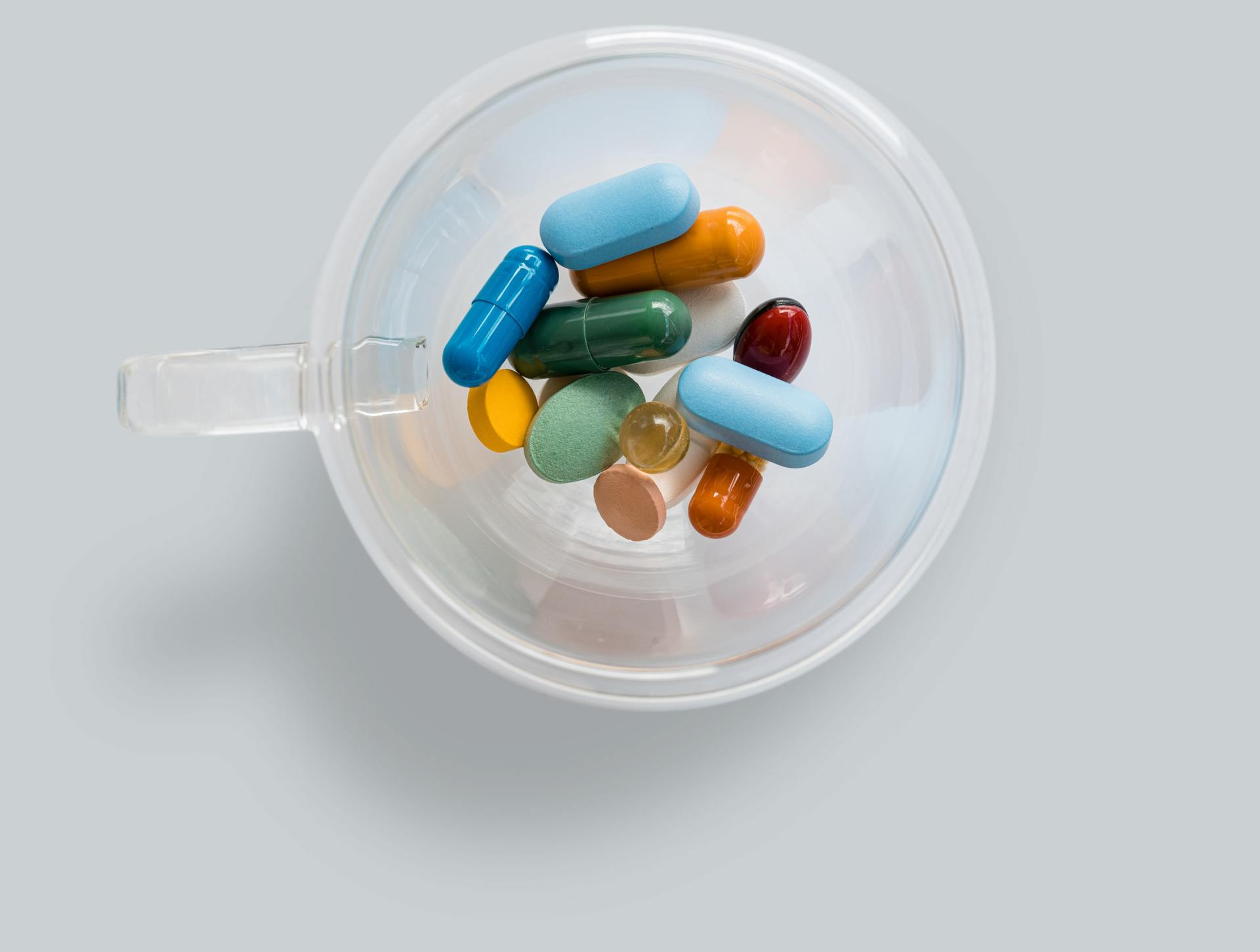
Researchers have just discovered a new link between dietary supplements and breast cancer. This study evaluated women with breast cancer who were receiving chemotherapy. Over 1,000 women were followed over time. Twenty percent of them reported taking dietary supplements prior to starting chemotherapy, and 13% of them reported taking supplements while on chemotherapy. the reported supplements used included carotenoids, omega-3 fatty acids, Coenzyme Q, vitamins A, B12, C and E and iron. al women were followed for breast cancer recurrence and mortality (death). Compared to women who did not take supplements, the women who took dietary supplements were 41% more likely to have breast cancer recurrences. They were also 40% more likely to die before the end of the study period. Iron, Vitamin B12 and omega-3 fatty acids were associated with the greatest risks of recurrence and death. It is important to note that multivitamins were not associated with these differences. What does this mean? Physicians have known for quite some time that antioxidants can improve overall health by reducing cell damage. However, during chemotherapy, we often advise our patients to stop using these dietary supplements. Chemotherapy works by damaging cells and the protective effects of supplements may hinder chemotherapy's actions. This study provides evidence of that theory. More research, with larger groups of women, will help flush out the association between specific dietary supplements and outcomes with chemotherapy. Resource: https://ascopubs.org/doi/10.1200/jco.19.01203
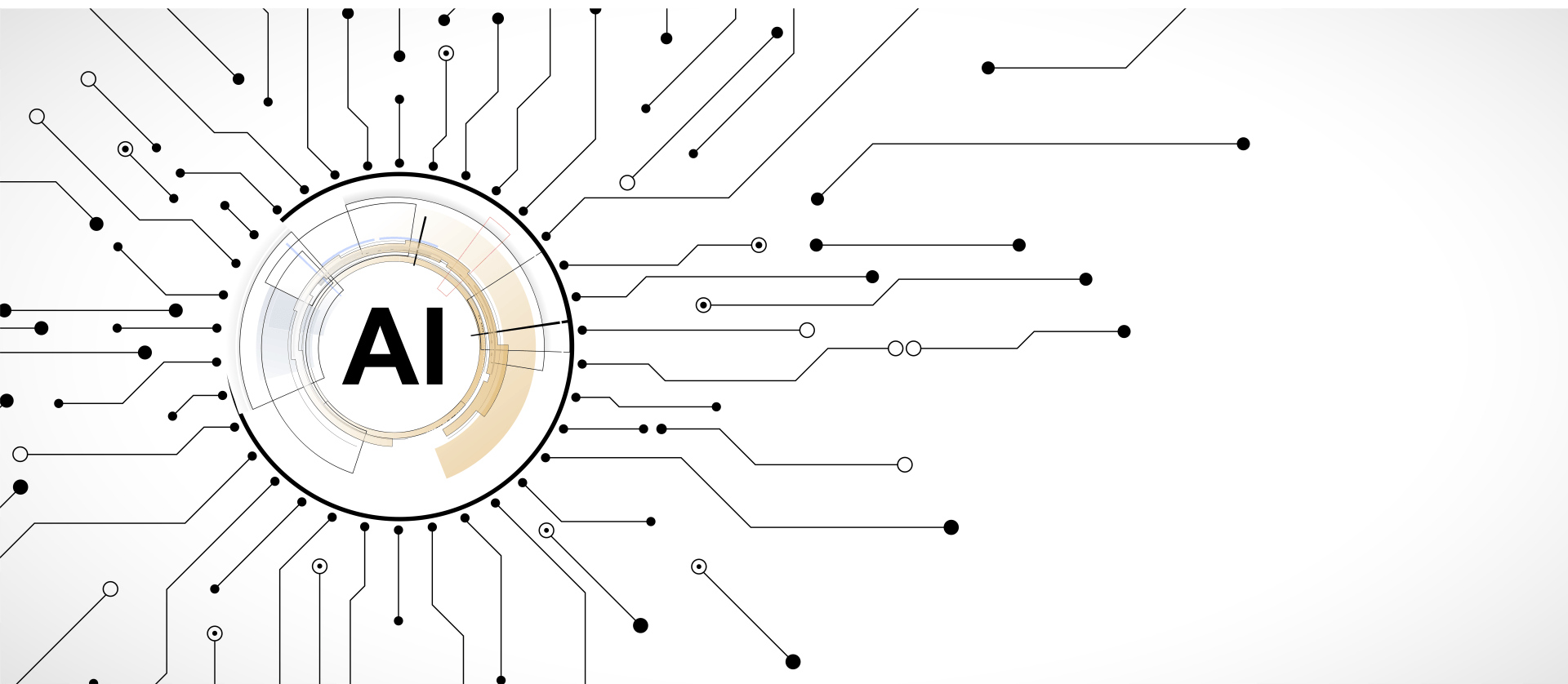
You may have heard about recent studies showing that computers using artificial intelligence, or AI, are showing promise in detecting breast cancer. There are some companies and radiologists working together to show that automated systems can be created to do some of the work that radiologists do. These machines can “read” mammograms and identify areas of concern--including spots that are likely to be cancer. Many radiologists already use such technology to enhance what they do. One advantage of using AI for breast cancer screening is that radiologists would have more time to read diagnostic images (mammograms and ultrasounds done when a problem is already identified) and to perform breast biopsies. Another advantage is that automated breast cancer screening could streamline the process of getting mammograms – for example, in regions where healthcare access is poor. A new study has now found that AI could be superior to radiologists in detecting breast cancer on screening mammography. The New York Times wrote an article about a study in the journal Nature. Researchers used over 90,000 mammograms from women in the United Kingdom (UK) and the United States (US) who had been diagnosed with cancer to train the AI system to recognize cancer. Next, the group gathered about 28,000 screening mammograms from the UK and the US which had already been read by radiologists. They were read by the AI system and by a different group of radiologists. A second arm of the study was done in the US alone: 500 mammograms (again, already read) were presented to AI as well as a group of radiologists. The outcome, in a nutshell, was that AI detection of cancer on screening mammography was superior to the radiologists’ detection. What does this mean??? Nothing yet. There are many issues with the study. The number of radiologists who were surveyed was small and certainly not representative of radiologists worldwide, let alone radiologists in the UK and the US. Moreover, both AI and the radiologists made incorrect diagnoses from time to time, showing that the AI system was not free of making mistakes. Also, the mammograms that were used in each part of the study were not representative of all women of screening mammogram age (for instance, the ethnic makeup of these women was not known). This means that the accuracy of the AI system may not have been optimal and/or that the results could not be applied to all women. Dr. Quarterman’s impression: Computers are already improving patient care in many areas, including breast cancer screening, diagnosis and treatment. It makes sense that AI could eventually improve results with breast cancer screening. What is needed now are…more studies. Projects including many more mammograms (allowing for diversity) and many more radiologists are needed to really understand how AI could work for us. RESOURCES: https://www.nytimes.com/2020/01/01/health/breast-cancer-mammogram-artificial-intelligence.html?algo=identity&fellback=false&imp_id=471377743&imp_id=920842671&action=click&module=Science%20%20Technology&pgtype=Homepage https://www.nature.com/articles/s41586-019-1799-6
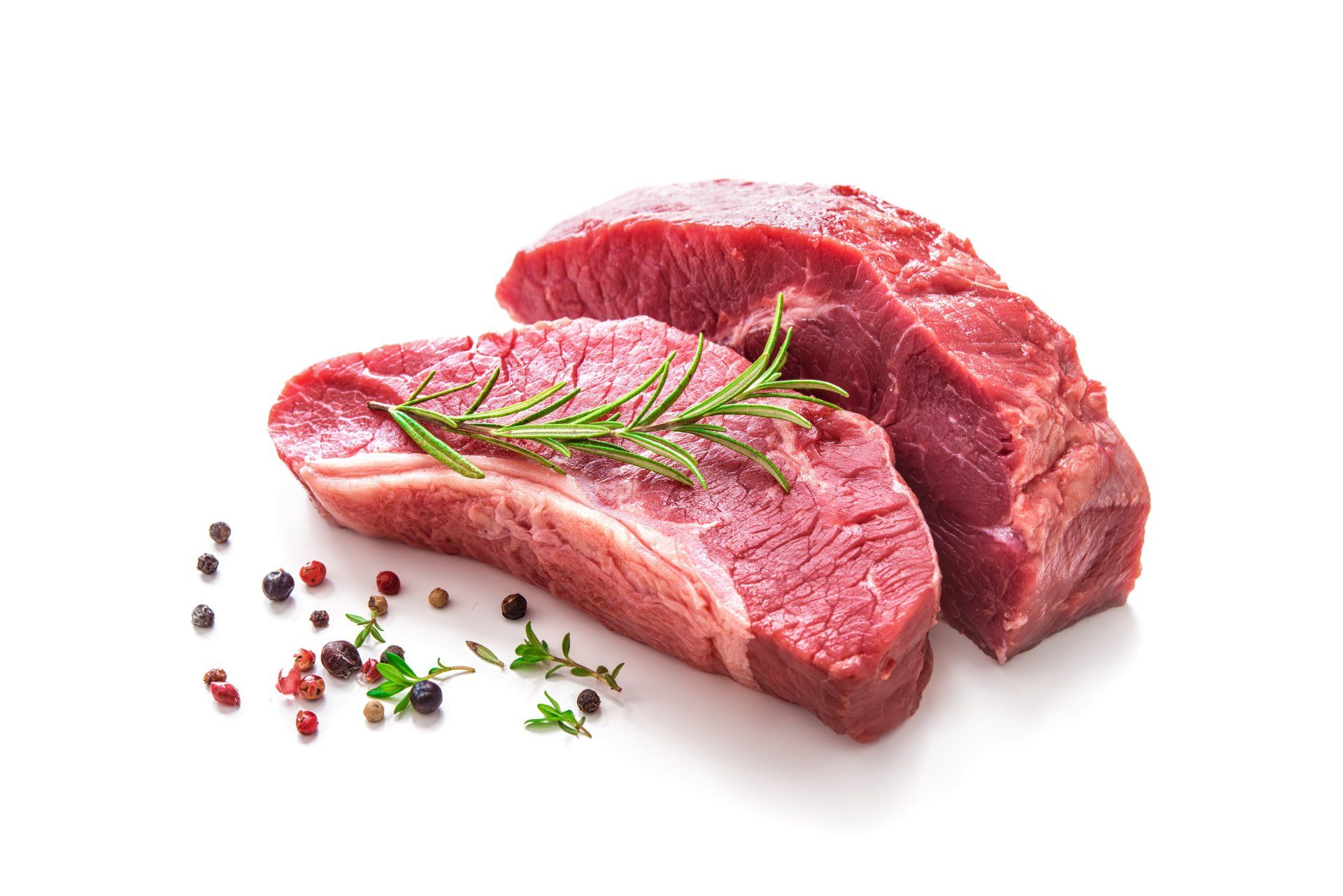
The world of medicine has been looking at the links between diet and cancer for decades. As far as breast health goes, there are specific dietary measures that are being questioned and researched. The work is ongoing. A recent article was published that examined the relationship between red meat and breast cancer. Researchers from the National Institutes of Health evaluated over 42,000 women in the US. They gathered information about their meat consumption as well as their practices of cooking meat. The participants were followed for just over 7.5 years. During that time period, over 1,500 breast cancers were diagnosed in these women. The consumption of red meat appeared to play a role. The women who ate the most red meat had an over 20% higher risk of developing breast cancer compared to women who ate the least amount of red meat. Interestingly, the more poultry women ate, the lower their breast cancer risk. Women who ate the most poultry had a 15% lower risk of breast cancer compared to those who ate the least amount. The risk was even lower among women who ate poultry and no red meat. When considering this study, it’s useful to think carefully about these women. Did they have other risk factors that would have affected their chances of getting breast cancer? Did their meat or poultry consumption really have anything to do with their developing the disease? The researchers accounted for these possibilities by controlling for (statistically speaking, minimizing the effects of) conventional risk factors for breast cancer. They also controlled the data for race, socioeconomic status, obesity, alcohol consumption and other dietary choices. The results were the same. What does this mean? The study suggests that there is something present in red meat that increases the likelihood of breast cancer. Other studies have found the same results. This may be due to the way the meat is prepared – from the feed that the cattle get to the chemical changes that happen as the food is heated. There may be many steps within the cattle–to–food process that combine to affect breast cancer risk. The fact that poultry may decrease breast cancer risk is very interesting. Both findings warrant further investigation. We know that choosing poultry over red meat in our diets has several healthy effects (less fat, less cholesterol, etc.). Now, eating more poultry and less red meat may just have an additional health benefit. Dr. Quarterman has written about diet and breast cancer in the past: https://breast360.org/news/2016/02/19/mediterranean-diet-possible-reduction/ https://breast360.org/topics/2017/01/01/breast-cancer-and-nutrition-facts-and-myths/ https://breast360.org/news/2017/04/23/grilled-barbecued-smoked-meats-may-worsen-outcomes/ RESOURCES: https://www.eurekalert.org/pub_releases/2019-08/wspf080619.php https://onlinelibrary.wiley.com/doi/abs/10.1002/ijc.32547
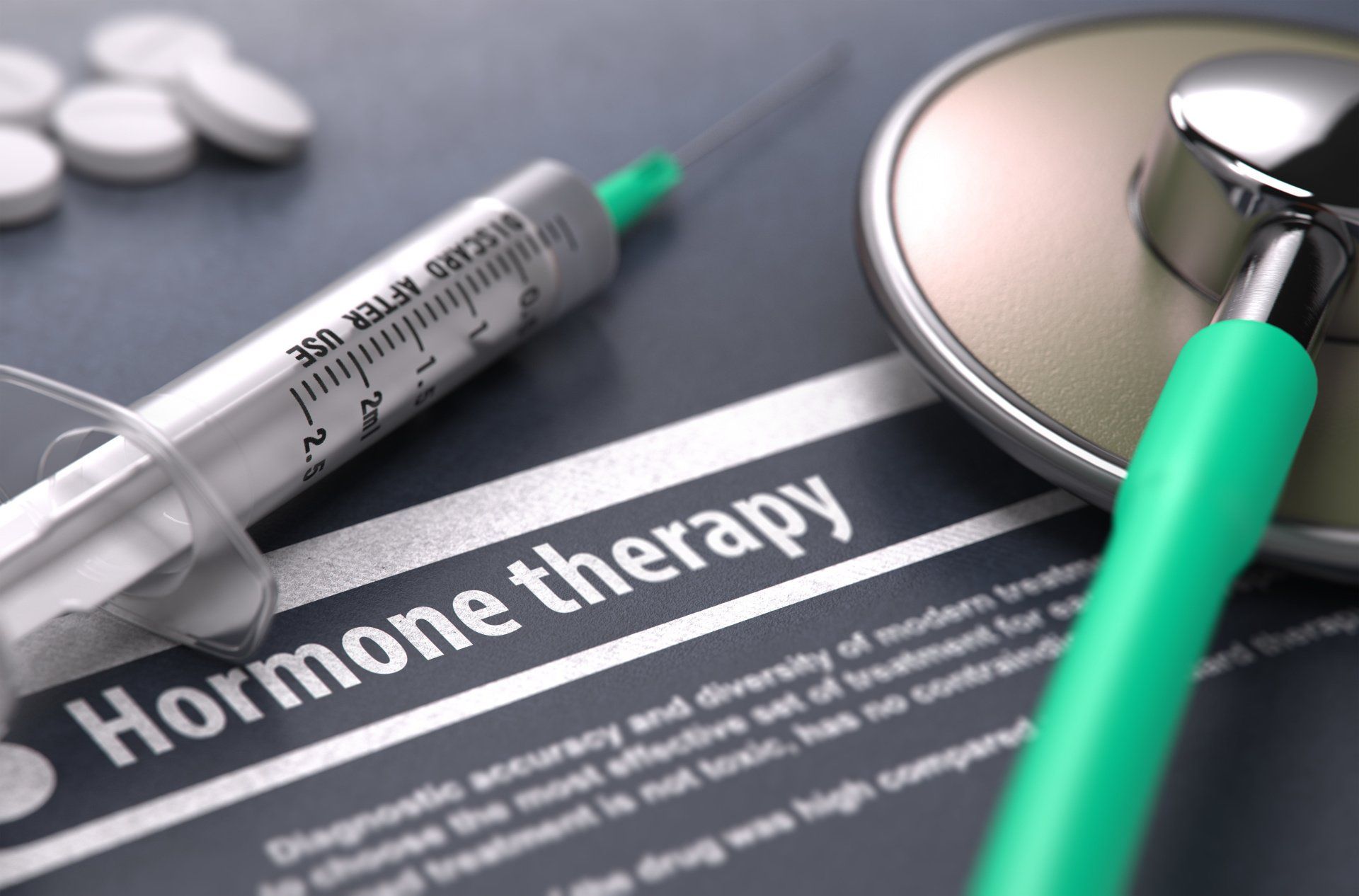
The postmenopausal state may produce symptoms such as vaginal dryness, hot flashes, night sweats and mood swings. Many postmenopausal women take hormone replacement therapy (HRT) to combat these symptoms. HRT contains estrogen, which reverses the postmenopausal complaints. If a woman still has her uterus, HRT also contains progesterone, which protects the uterus from the possible breast cancer-producing effects of unopposed estrogen. Many women are familiar with the news that HRT may increase breast cancer risk, as well as the risks of stroke and heart disease. This information has led many healthcare providers to recommend minimal doses of HRT for as short a period of time as possible. Some postmenopausal women choose to take bioidentical hormones for their HRT. These are usually naturally-occurring (i.e., obtained from animals as opposed to made in a lab) estrogen and progesterone formulations, either capsules or creams. The common expectation is that these sources of HRT are somehow safer and healthier than the human-made medications. Bioidentical hormones that are obtained from a compounding pharmacy are not overseen by the Federal Drug Administration (FDA). This means that their ingredients are not regulated to ensure adequate and safe levels. A recent study evaluated HRT capsules and creams from 15 random compounding pharmacies in the US. The investigators found inconsistent levels of estrogen and progesterone in their products. There were variations within each pharmacy, as well as between pharmacies. What does this mean? The bioidentical HRT that a woman gets from her compounding pharmacy may have hormone levels that are too low or too high. If the levels are not exactly correct, she may be taking a medication that doesn’t help her, or that increases her risks of breast or uterine cancer, heart disease or stroke. It’s important to ensure that HRT contains consistent and precise amounts of estrogen and/or progesterone from dose to dose, and from prescription to prescription. Standard pharmacies are overseen by the FDA, which ensures that the active ingredients in HRT are correct and constant. REFERENCES: https://www.medscape.com/viewarticle/915274?src=wnl_edit_tpal&uac=148726EN&impID=2023048&faf=1 https://insights.ovid.com/crossref?an=00042192-900000000-97368






